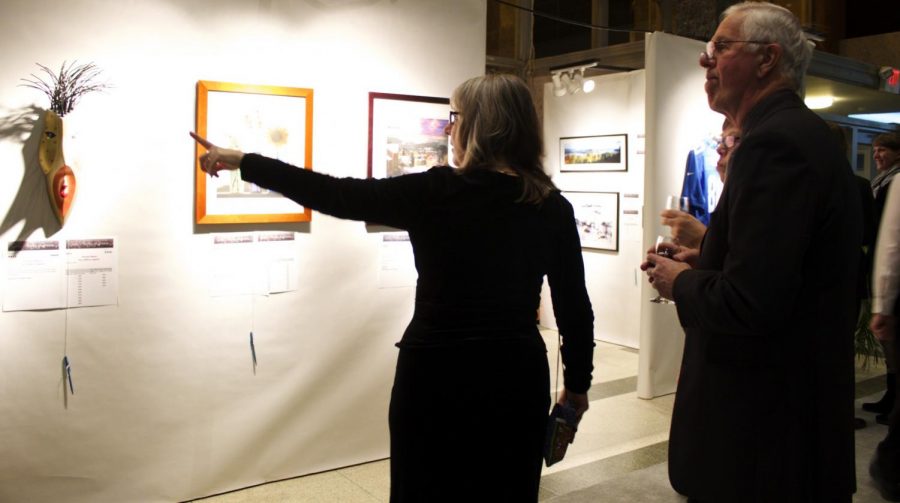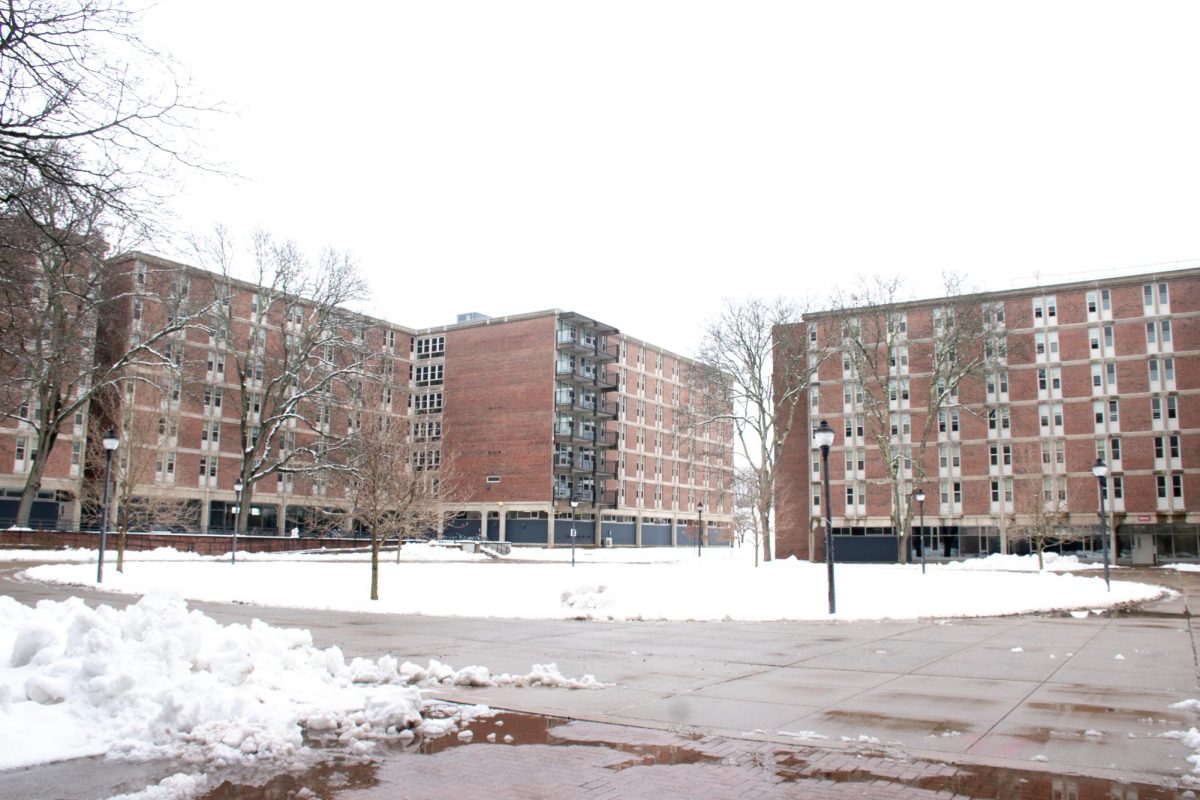A few weeks ago, my professor had the members of my seminar class visit the University Museum of Contemporary Art. This assignment came as a surprise to me, considering this was the first time I had heard of a museum on campus. A few days later, I arrived at the Fine Arts Center with a few friends and no idea where to go. I finally located two small, glass doors hidden in a corner of the FAC. Inside, I unearthed an oasis of art, but all the while I was distracted by my feelings of disappointment. With such an amazing place to explore, why does it so often go unnoticed?
The UMCA is a microcosm for all of the arts on campus: rarely talked about, inadequately recognized and hidden away in hard-to-find places. These feelings are apparent in the academic arts programs, as well as performance and artistic groups. Fine and Performing Arts majors are full of some of the campus’ most talented students, yet their work is often overlooked. While the Fine Arts Center may be large, it is far from the most glamorous building, containing dim lights, small offices and thin walls. As columnist Hannah Lieberman wrote in September, dance majors have been pushed to the edge of campus in Totman Gymnasium, complete with a dripping ceiling and plenty of roaches. Although the Studio Arts building is absolutely beautiful, I have yet to see any of their work. Likewise, student performance groups, like our many a capella groups or the campus literary magazine, receive far less promotion than the athletics programs.
This year, the administration has placed a large emphasis on improving its rank and reputation. The University made an extraordinary climb to become 26 in the nation for top public schools, according to US News and World Report. Isenberg is ranked 15th for the best undergraduate business school, according to Poets & Quants. Most famously, the campus takes pride in its number one dining, and the Men’s Hockey team’s new ranking of number one in the nation has excited crowds at the Mullins Center. Rankings are important, as they attract new students and demonstrate the rigor and value of UMass. However, our rankings make it clear what the administration takes pride in: business, sports and food. While I am proud of these accomplishments, and do not believe any of these programs should be sacrificed, I do wish the arts could be held to the same esteem.
Large research universities may not tend to invest in the arts, but there are definitely models that prove this is possible. Florida State University is home to its own College of Fine Arts, which has strong programs in both fine and performing arts, with top-notch facilities. Indiana University contains the School of Art, Architecture and Design, which offers students amazing opportunities in the fine arts. According their website, “The University of Michigan has a rich history of supporting, creating and encouraging a culture of art.” Their students have access to some of the strongest arts programs in the country. Interestingly enough, the UMass administration expressed their desire to be compared to Univeristy of Michigan in their “Momentum at UMass Amherst” video earlier this year.
The arts at UMass have managed to thrive despite the less-than-ideal circumstances. The FAC regularly puts on performances that exhibit our students’ diverse range of talents. There is a myriad of performance-based groups or creative outlets that offer students a chance to express themselves outside of their classes, and despite limited funding and outdated facilities, the faculty and students of the arts-based majors continue to create work that is vital for our community to grow and thrive. However, the campus has created a condition under which the arts are squandered and it is difficult for them to grow. It is expected that people take more of an interest in sports and traditional academics; this is not unique to UMass and probably will never change. This does not mean, however, that our administration cannot take steps to nurture the arts and celebrate the many artistic voices throughout our campus.
Emma Garber is a Collegian columnist and can be reached at [email protected].




















